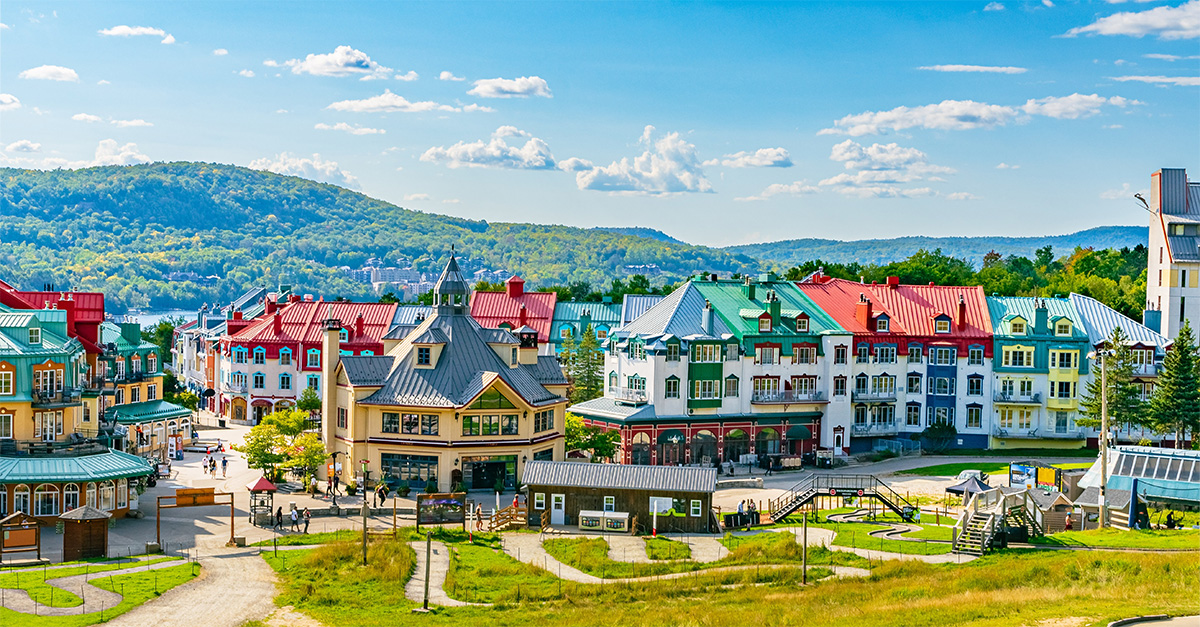Image credit: Turkey tourist board
The Turkish province of Izmir ticks every holiday box, writes Tamara Hinson
Like this and want more details? Click here to download and save as a PDF.
It’s a common misconception that holidays in Turkey fall into two categories: beach or culture.
However, in recent years, the number of people heading to Izmir, on the western coast, has increased dramatically, and visitors are discovering a province which can let them enjoy both at the same time.
Izmir is a sensory overload. Whether it’s the aroma of Turkish coffee, the thundering echo of the call to prayer or flashes of sunlight bouncing off ancient marble columns, there’s always something to stimulate the senses.
While the western side of the province faces the Aegean Sea and is home to spectacular stretches of coastline, the interior varies hugely, with both vineyard-covered hills and desert-like swathes of barren wilderness.
The best thing about Izmir? It’s so jam-packed with historical sites, beautiful bays and quaint villages that if you opt to spend the day exploring a Grecian temple and then decide you’d rather hit the beach, you won’t have to drive far to find one.
And you’ll probably pass a vineyard, a fantastic restaurant and an amphitheatre en route. And Izmir city, in the province’s centre, makes the ideal base.
City sights
Previously, it had simply been the place I’d flown into – it takes just under four hours to get to Izmir from the UK. On this occasion, I had more time to explore the city, which is Turkey’s third-most populous, although it rarely feels crowded.
In the evenings, I wandered along the seafront, stopping at cafés for glasses of local wine or Turkish coffee. The centre is easy to navigate on foot, although taxis are cheap and there are plenty of horse-drawn carriages to jump into.
Another must-see is the city’s Kemeralti bazaar. I spent hours haggling my way around the stalls, powered by cups of thick coffee made with mastic gum. Not being a natural barterer, I appreciated the assistance of my guide, Serkan, whose appearance would typically result in a sudden 50% price reduction.
Recommended purchases include jewellery, hand-painted tiles and Turkish delight. There’s nothing you can’t buy – trainers, flowers, glassware and even rabbits, puppies and parrots. My most obscure find? A stall heaving with water bottles filled with leeches.
If it all gets too much, head to the Kizlaragasi Han caravanserai, a smaller, calmer market at the heart of the main one. There’s a beautiful café in the courtyard where merchants once tied up their camels.
Ancient ruins
As much as I loved the city, I was keen to explore the rest of the province, which has recently been in the spotlight as a result of Unesco’s decision to make Ephesus a World Heritage site.
This ancient Greek city, in the town of Selçuk, is easily accessible as part of a day trip from Izmir city, although a thorough exploration requires several hours.
At the Great Theatre, constructed during the 3rd century BC, we scrambled skywards to take in the view. Thousands of years ago, people came here to watch gladiators slay lions or to see plays and operas, and, thanks to fantastic acoustics, it’s still used as a venue today.
Fights to the death have been replaced by concerts from Celine Dion and Sting.
Pergamon is another sprawling ancient city, 60 miles north of Izmir city. Columns, amphitheatres, temples – like Ephesus, Pergamon has it all. Climbing around these ruins, some of which cling to sections of the hillside so steep that their position seems to defy gravity, calls for sturdy boots.
I’m fine with heights, but had to swallow my nerves when inching down the crumbling steps of the theatre, which has the steepest seating of any ancient theatre in the world.
One of Turkey’s most revered sites is the nearby House of the Virgin Mary, where many believe Mary lived prior to her assumption. Numerous popes have visited this tiny, ruined building and there’s a stone wall where visitors can write wishes on slips of paper before wedging them into cracks.

The cafés lining the cobbled pathways are shaded from the sun by clusters of olive trees and, whether you’re religious or not, it’s a beautiful place to spend a few hours.
Village life
I was equally smitten by Izmir’s villages. One of my favourites was Alaçati, where the winding lanes are filled with craft shops and cafés. In recent years many locals have opened boutique hotels.
One of the best is the Alura hotel, where rooms start from £67. The hotel’s Turkish breakfasts are enormous (think olives, homemade jam and salty sheep’s cheese) and the eight rooms are all quirkily unique.
The achingly cool BeyEvi Alaçati is ideal for travellers happy to splash the cash, at least by Turkish standards – rooms are still great value, starting at around £94 per night.
Ephesus and the House of the Virgin Mary are both easily accessible from Alaçati, which is surrounded by several small, family-run vineyards that can be visited by prior arrangement.
The nearby beaches, which are a five-minute drive away, have a definite Ibizan vibe. At the Alaçati Beach Club, we found bright white day beds and super-yacht owners sipping champagne, and we happily flopped on to the sun loungers, while an army of waiters delivered a constant supply of cocktails.
Sirince, a tiny village outside the town of Selçuk, has a similar feel to Alaçati. The narrow streets are lined with stalls selling local wine made with everything from blueberries to melons.
I loved watching the locals dishing out cups of Turkish coffee, kept warm in sand-filled trays, or manhandling stringy slabs of mastic gum ice cream.
Which brings me on to another subject: food. You’ll never go hungry in Izmir, and I didn’t eat a single morsel that didn’t blow me away.
It was the squid at Sirince’s Arsipel restaurant, while it was the homemade bread and tzatziki that wowed me at Kybele, a restaurant in the lavender-filled grounds of Les Pergamon hotel.
At the Fokai restaurant in Foça, on the Aegean coastline, I lost count of the courses we ate, but I remember there were lots of olives, mountains of hummus, and anchovies which tasted so fresh that I suspect they’d been plucked from the turquoise waters metres from our table.
Thinking about it, that meal summed up everything I love about Izmir: it’s a beautiful, tasty meze of Turkey’s best bits.
Tried & Tested: Hilton Izmir
This 34-floor hotel is located in Izmir’s city centre, just yards from the waterfront, and 11 miles from the airport. Although it’s popular with business travellers, it’s a great base from which to explore the city and every room – they are surprisingly large – has breathtaking views of the city, bay or surrounding mountains.
I particularly loved the huge buffet breakfasts, where I could feast on olives, a variety cheeses I’d never even heard of before and 10 types of bread, plus chunks of glistening honeycomb, before nabbing a seat on the outside terrace.
Diners at the Windows on the Bay restaurant on the 31st floor can enjoy fantastic local and international cuisine while taking in the stunning views over the city. I managed to offset any damage




